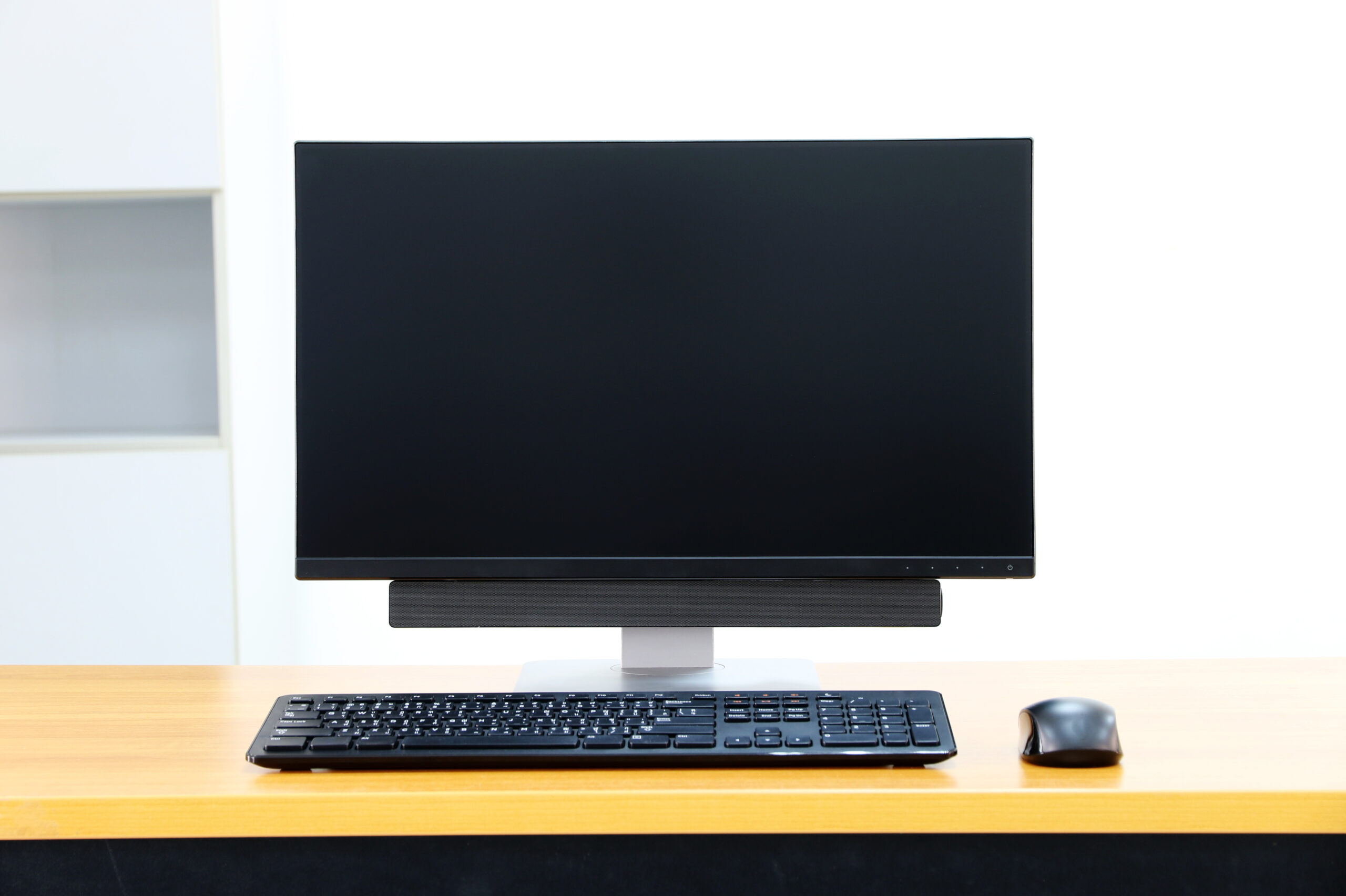How to Set a GIF as Your Wallpaper on Windows
By Marion
Published June 30, 2023
 How to Set a GIF as Your Wallpaper on Windows
How to Set a GIF as Your Wallpaper on Windows
If a picture is worth a thousand words, then a GIF is a masterpiece in motion. GIFs bring a unique charm and dynamic energy to our digital lives, and what better way to appreciate them than by setting them as your desktop wallpaper on Windows?
In this comprehensive guide, we will explore methods for Windows 7, Windows 10, and the latest Windows 11, so you can infuse your desktop with animated magic. Get ready to transform your Windows experience and make your computer screen come alive!
Setting a GIF as Wallpaper on Windows 7:
While Windows 7 doesn't natively support GIF wallpapers, you can use third-party software to achieve the desired effect. Follow these steps:
- Find and Install a Third-Party Software
Look for desktop customization softwares that support animated wallpapers. One popular option is "BioniX Wallpaper Changer." Download and install the software on your Windows 7 computer. - Select and Apply a GIF Wallpaper
Launch the installed software and navigate to the GIF file you want to use as your wallpaper. Right-click on the GIF and select the "Set as Wallpaper" or similar option. The software will apply the GIF as your desktop wallpaper.
Setting a GIF as Wallpaper on Windows 10:
Windows 10 provides built-in support for animated wallpapers, allowing you to set a GIF as your wallpaper without third-party software. Here's how:
- Convert the GIF to a Video Format
Since Windows 10 supports video wallpapers, you'll need to convert the GIF into a compatible video format like MP4. Use an online tool or dedicated software to perform the conversion. - Set the Video as Your Wallpaper
Right-click on an empty area of your desktop and select "Personalize" from the context menu. In the Personalization settings, choose "Background" and click on "Browse" to locate the converted video file. Select the video file and set it as your wallpaper.
Setting a GIF as Wallpaper on Windows 11:
Windows 11 introduces the ability to set GIFs as dynamic wallpapers directly, without the need for third-party software. Here's how to do it:
- Open the Settings App
Click on the Start button and select the gear-shaped icon to open the Settings app. - Navigate to the Personalization Settings
In the Settings app, click on "Personalization" and then select "Background" from the left-hand sidebar. - Choose a GIF as Your Wallpaper
Under the "Choose your background" section, click on "Browse" to locate the GIF file on your computer. Select the GIF, and it will be applied as your dynamic wallpaper.
Pros and Cons of Setting a GIF as Your Wallpaper on Windows
Pros:
- Visual Delight: GIF wallpapers add movement and excitement to your desktop, making it visually appealing and vibrant.
- Personalization: Setting a GIF as your wallpaper allows you to express your unique style and create a personalized desktop experience.
Cons:
- Performance Impact: Using GIF wallpapers may slightly impact system performance, especially on older or less powerful computers.
- Resource Consumption: GIF wallpapers may require more system resources, including CPU and memory, compared to static wallpapers.
Conclusion
Now that you have the power to set a GIF as your wallpaper on Windows 7, 10, or 11, it's time to give your desktop a new level of dynamism. Let your favorite animations breathe life into your screen and create an immersive visual experience like no other. Embrace the magic of GIFs and turn your desktop into a captivating work of art